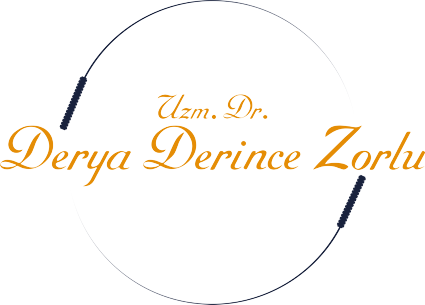
Dr. Derya Derince Zorlu
Acupuncture
“Acus” means Needle, “Punctura” means To Pierce. Acupuncture is a treatment method without medication.
The beginning of acupuncture treatment dates back to the Stone Age period of humanity. Excavations have uncovered stone acupuncture needles and artifacts depicting acupuncture. Acupuncture needles from around 1000 BC have been found. In the 4th century BC, Hippocrates documented the use of specific points on the ear for treatment. In 200 BC, the Yellow Emperor’s Classic of Internal Medicine was written in China, marking the first book on this subject.
Acupuncture was actually first applied by the Uyghur Turks.
Ibn Sina also mentioned the use of pulse examination and acupuncture points in his treatments in his books.
In 1465, Şerafettin Sabuncuoğlu’s book depicted some important acupuncture points. It came to Europe in the 17th century and did not reach America until the 20th century.
Philosophy
Qi can be defined as "force" or "vital substance" and it controls and governs the functions of living beings. It is present throughout the body and circulates continuously in all meridians. There are a total of 14 meridians in the human body, including 12 pairs and 2 single ones. There are also extra meridians. Qi flows through these meridians in a specific order. This cycle completes in 24 hours. Diseases arise when the rhythm of this cycle is disrupted, stagnates, or gets blocked. Acupuncture restores the disrupted balance in the body. It activates the body's healing capacity.
Here, I cannot pass without mentioning Paracelsus's "No life can exist solely by the efforts of an external physician; the external physician can only assist the internal physician."
YIN / YANG: Two concepts that are opposite and complementary to each other, encompassing each other. Just as night and day, cold and hot, bitter and sweet opposites complete each other, yin and yang complement each other in the universe. Yin is cold, yang is hot. Yin is night, yang is day. Yin is down, yang is up.
Mechanism of action
Acupuncture points in the body are more sensitive to stimuli compared to other points. This has been scientifically demonstrated. Thus, it leads to the release of many neurotransmitters in pain.
Accepted effects of acupuncture:
1- Analgesic Effect (PAIN RELIEF EFFECT)
2- Homeostatic Effect (BALANCING EFFECT)
3- Immunoenhancing Effect (IMMUNITY STRENGTHENING EFFECT)
4- Sedative Effect (CALMING EFFECT)
5- Motor Improvement Effect
The World Health Organization (WHO) also accepted acupuncture as an official treatment method in 1970 and has confirmed the effectiveness of acupuncture treatment in more than 80 conditions today.
What is Acupuncture and How is it Performed?
In acupuncture, pulse and tongue examination are important. Information obtained from these examinations, along with the patient's complaints, skin color, duration of symptoms, etc., provides insight into the depth of the pathology and which meridians are affected. Subsequently, very thin needles made of gold, silver, or steel are applied to specific acupuncture points on the meridians in the body, varying with each patient's examination. These needles are left in the body for about 20-30 minutes. The needles are sterile and single-use.
The number of sessions varies with the condition and duration of the disease but averages 8-12 sessions.
The interval between treatments varies from 3 to 7 days, depending on the disease.
Frequently Asked Questions
What do you recommend for sensitive skin?
Duas molestias excepturi sint occaecati cupiditate non provident, similique sunt in culpa qui officia deserunt mollitia animi, id est laborum et dolorum fuga. Et harum quidem rerum facilis est et expedita distinctio..
How should I test your products to make sure I can use them?
Duas molestias excepturi sint occaecati cupiditate non provident, similique sunt in culpa qui officia deserunt mollitia animi, id est laborum et dolorum fuga. Et harum quidem rerum facilis est et expedita distinctio..
Can I use your products on my infant or child?
Duas molestias excepturi sint occaecati cupiditate non provident, similique sunt in culpa qui officia deserunt mollitia animi, id est laborum et dolorum fuga. Et harum quidem rerum facilis est et expedita distinctio..
When will I see results?
Duas molestias excepturi sint occaecati cupiditate non provident, similique sunt in culpa qui officia deserunt mollitia animi, id est laborum et dolorum fuga. Et harum quidem rerum facilis est et expedita distinctio..
